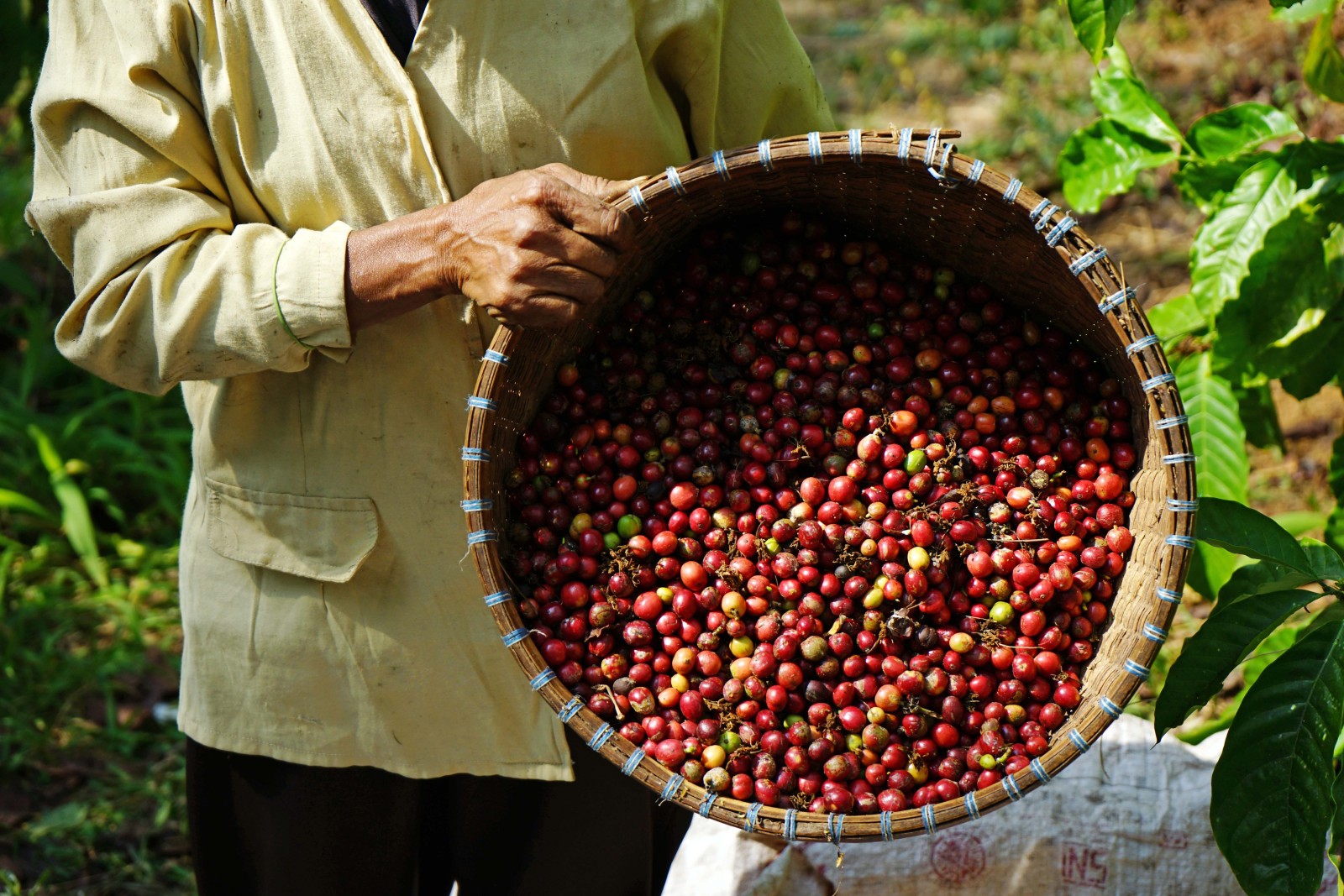How to Make your Brand Stand Out
Being a newbie in any industry is tough, most especially in the cutthroat world of food and bever-ag...

October 29, 2021
A primer on the coffee industry in the country plus the variants grown in our land, how much do we export
Production of coffee in the Philippines began to thrive during the Spanish colonization. By the
late 19th century, the country had been recognized as the fourth largest exporter of coffee
beans. While the ranking may not have been maintained to this day, the Philippines, according
to the Philippine Coffee Industry Roadmap (2017-2022) of the Department of Agriculture and
Department of Trade and Industry, produces up to 37,000 metric tons of green coffee beans
annually.
The country produces four main coffee varieties. The most abundant is Robusta, which is used
in the commercial production of instant coffee. This variety accounts for up to 69% of total
production. The more premium Arabica variety follows at 24%. Next is the Excelsa variety at
6%, and then the Liberica at only 1%. The latter is marketed as the local favorite kapeng
barako.
Most coffee farmers in the Philippines are small-scale producers, each only occupying an
average of one to two hectares. According to the Philippine Statistics Authority, about 276,000
coffee farms occupy a total area of 117,454 hectares, with each hectare yielding an average of
300 kilograms of green coffee beans annually.
About 79.4 million coffee trees are found all over the archipelago. The majority of these trees
are in Mindanao, with the SOCCSKSARGEN region ranking first with 19,114,155 trees. Second
is the Davao region with 13,608,316 trees, then the CALABARZON region in Luzon with
10,345,601 trees. The fourth and fifth spots are also in Mindanao, with the ARMM region
boasting 9,320,372 trees and the Northern Mindanao region with 5,896,738 trees.
The Philippine Coffee Board notes the majority of varieties and cultivars grown in these regions:
The northern province of Ilocos Sur grows mostly Robusta and Catimor, while the Cordillera
Administrative Region is rich in Red Bourbon, Yellow Bourbon, Typica, Mondo Novo, and
Caturra varieties. In CALABARZON, Robusta, Excelsa, and Liberica are plentiful. Excelsa and
Robusta are also mostly grown in the islands of Mindoro and Palawan. In the Visayan islands of
Negros and Bohol, Arabica and Robusta are grown. And all over Mindanao, Robusta, Excelsa,
Mysore, Typica, SV-2006, and Catimor are abundant.
Coffee beans grown in these regions are marketed to small-batch processors or large
companies, which process the beans to produce roasted beans, ground coffee, instant soluble
coffee, and specialty coffee. Ground coffee is most in demand among industrial and institutional
buyers, while instant soluble coffee has higher demand among households. Specialty coffees
are those that are created based on specific blends, grown through specific methods such as
organic coffee, or sourced exclusively like civet coffee.
In terms of export, according to the Food and Agriculture Organization, the Philippines produces
a total volume of 37,727 metric tons. Brazil is at the top producing 2,804,070 metric tons,
followed by Vietnam, Colombia, Indonesia, and Ethiopia. Instant coffee is the product with the
highest export volume from the Philippines. Next is soluble instant coffee, then green coffee
beans and roasted coffee having the least volume. In 2015, the country’s export of green coffee
beans and roasted coffee was valued at less than 0.0004% and 0.003% of global trade.
The challenge of increasing coffee production remains. The Philippines is actually recognized
as a major importer of instant coffee despite its capacity to produce its own. In 2018,
consumption averaged at 170,000 metric tons, proving that the current production is not enough
to supply high local demand. Efforts are underway to improve yields, provide better planting
materials, expand lands, and increase market opportunities for farmers. The country’s goal is to
increase the yield of every hectare to one ton and produce more than 200,000 metric tons of
coffee annually.
Check out these food fusions between Filipino and Middle Eastern cuisines
The unending quest for healthy and sustainable food amid changing lifestyles
A quick look at the Philippine food staple often getting a bad health rap